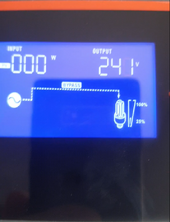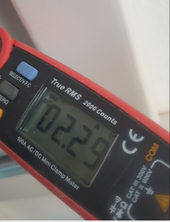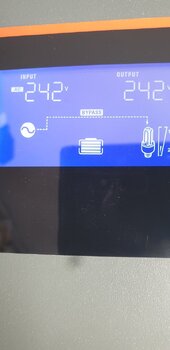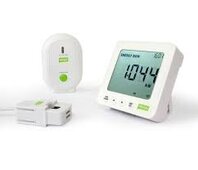Hello I have a POWMR 5KW hybrid inverter and I have notice that when is on bypassing mode (SUB) from grid even if there is no load (battery disconnected so no charging) and all output loads are turned off is still drawing 2.2A @240v from grid.
If I start drawing some load lets say 1kw its beeing added on top of that. Am I missing something here or they are that bad?
My goal was to combine solar with grid to reduce my electricity bill but this high consumption from this inverter renders the hybrid function unusable.
Are all hybrid inverters like that or this POWMR is a pile of junk?
Thank you


If I start drawing some load lets say 1kw its beeing added on top of that. Am I missing something here or they are that bad?
My goal was to combine solar with grid to reduce my electricity bill but this high consumption from this inverter renders the hybrid function unusable.
Are all hybrid inverters like that or this POWMR is a pile of junk?
Thank you






